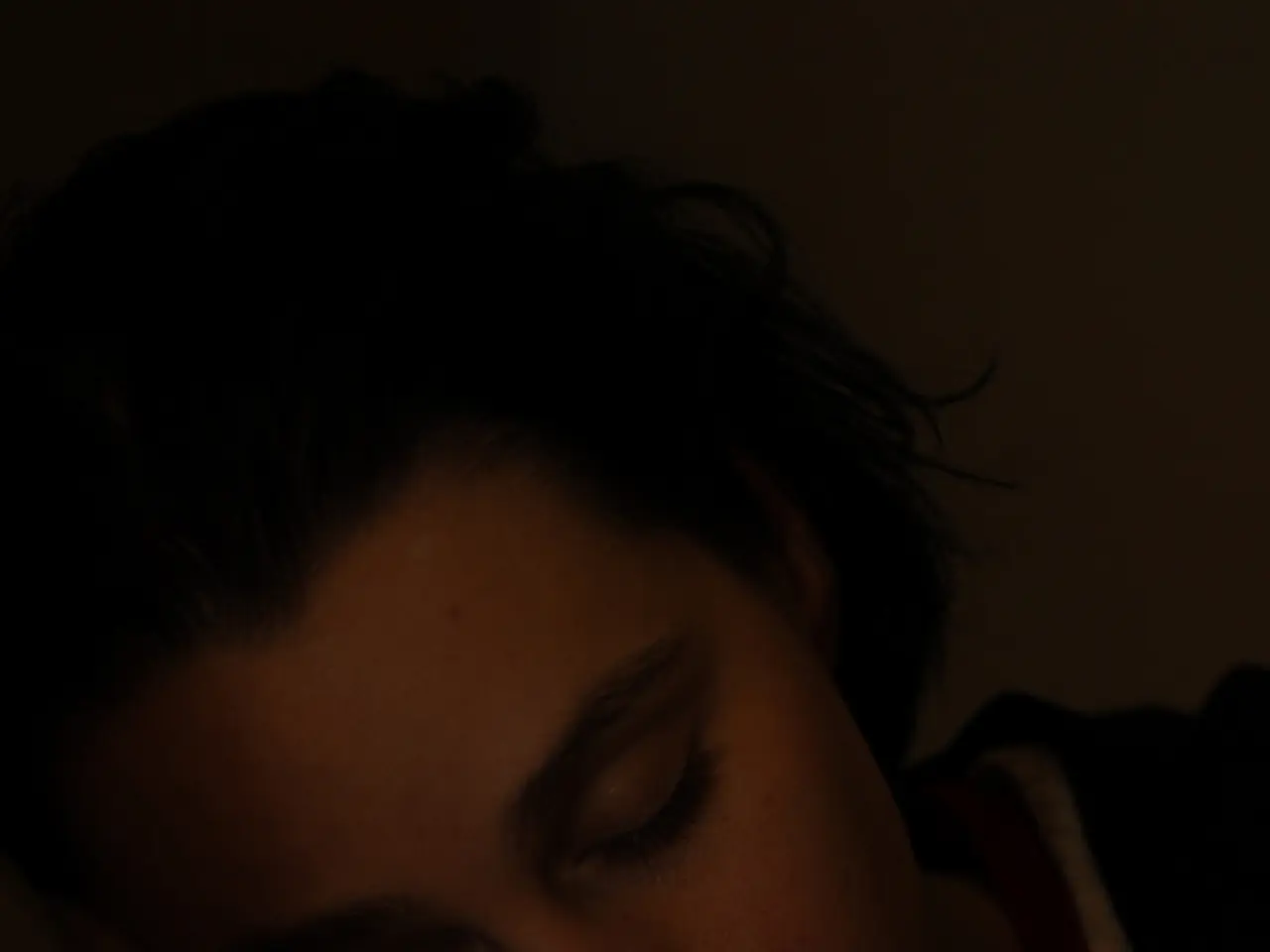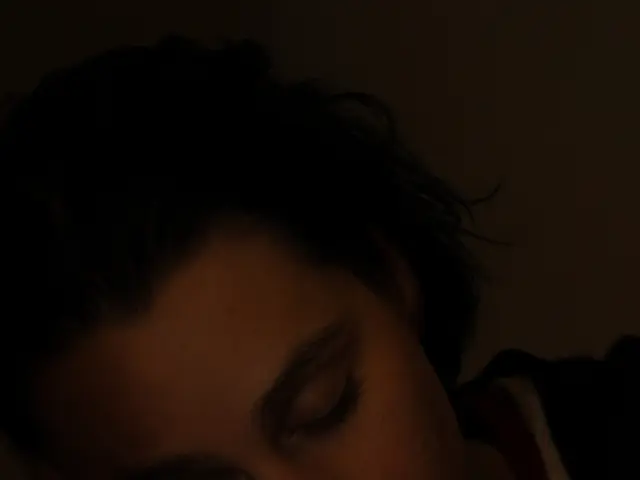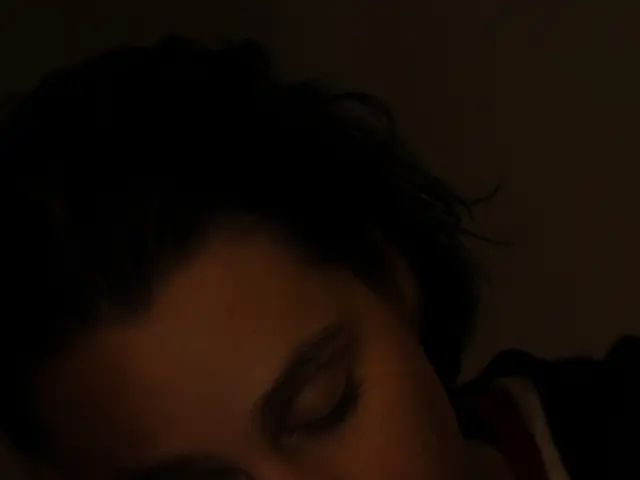Quick Snooze Break: Effectiveness and Methods for a Refreshing Power Nap
Craving a Midday Snooze? It Might Do You Some Good!
You ever feel like catching some z's after that heavy lunch? Don't fret, it's a common occurrence! In Japan, office workers are known for their daytime naps, and even big companies like Google offer sleep pods for their employees to catch a power nap during work hours. But, does it really work? Let's delve into the world of power naps, learn how to take one, and understand why they're good for you.
What On Earth is a Power Nap?
A power nap, or as it's also known, a cat nap, is a brief nap lasting between 20 to 30 minutes. These little snoozes usually occur during the lighter stages of sleep, just before deep sleep.
Power naps are designed to refresh and rejuvenate someone who's feeling sluggish, serving as an alternative to coffee or other forms of caffeine. They can be a lifesaver in the later parts of the workday when you find yourself struggling to stay alert.
The Pros of Snoozing at Work
Do power naps actually work? In short, yes! A multitude of studies have shown that short power naps can boost cognitive functioning and energy levels.
Since they are short, they avoid the deeper stages of sleep, thus reducing the risk of sleep inertia – that annoying groggy feeling you get after waking up from a deep sleep.
Some other benefits of power napping include:
- Improved alertness and performance
- Higher stress resilience, especially among shift workers
- Boosts our total brain volume
- Reduces the effects of sleep deprivation
Who Should Take a Power Nap?
While power naps offer numerous health benefits, it's important to remember that they're not for everyone.
If you're feeling tired and need a quick recharge to get through the day, go ahead and take a power nap. It can also be particularly helpful for someone who doesn't get enough sleep at night and needs to recover from sleep loss.
However, if you struggle with sleep disorders like insomnia, it's best to avoid taking naps during the daytime. Daytime naps could make it more challenging to fall asleep at night.
Perfecting the Art of Daytime Slumber
When taking a power nap, it's crucial not to exceed 20 to 30 minutes. Anything more, and you're likely to enter a full sleep cycle, which increases the risk of sleep inertia.
Here are some tips for a smoother napping experience:
- Set an alarm: To ensure you don't oversleep, set an alarm that'll wake you up after 20 to 30 minutes.
- Create a serene sleep environment: Find a quiet and dark location where you won't be disturbed. You can use sleep sounds or a sleep mask to help you fall asleep more easily.
- Avoid snoozing too late in the day: It's best to nap before or after a post-lunch slump, between 12:30 pm to 2 pm.
- Try a caffeine nap: This involves consuming caffeine just before you take your nap. Caffeine takes about 20 to 30 minutes to kick in, so you're likely to wake up from a light sleep easily after a certain time.
Closing Thoughts
Overall, power napping can be beneficial in improving alertness and performance, increasing our stress resilience, boosting our brain volume, and reducing the effects of sleep deprivation. However, they're not suitable for everyone, especially those with trouble sleeping at night.
If you struggle with getting good nighttime sleep, ShutEye® is the solution. ShutEye® is a patented sleep-tracking app that monitors your sleep habits and offers personalized recommendations to help you improve your sleep schedule and sleep quality. Give it a try!
- For those dealing with insomnia, it's advisable to steer clear of daytime naps as they might exacerbate the problem, making it harder to sleep at night.
- To amplify the benefits of a power nap and maintain optimal sleep health-and-wellness, it's essential to use a sleep mask and create a serene sleep environment during your nap.








